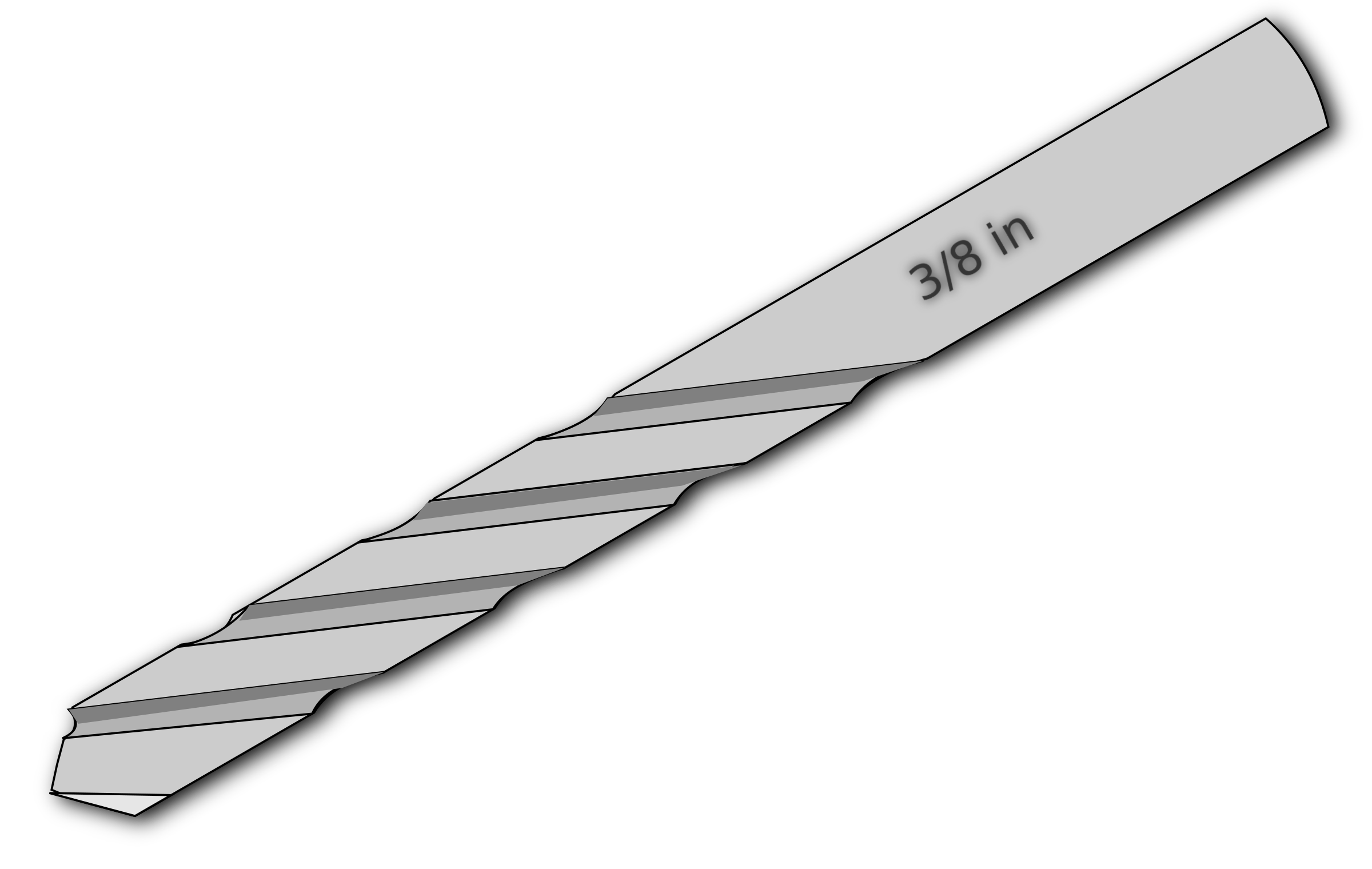#P40000. 2019 ICPC NCNA Regional Contest A - Weird Flecks, But OK
2019 ICPC NCNA Regional Contest A - Weird Flecks, But OK
题目描述
An artist who wanted to create an installation where his works appeared to be floating in midair has cast a large cube of clear acrylic to serve as a base. Unfortunately, during the casting, some small flecks of dirt got into the mix, and now appear as a cluster of pinpoint flaws in the otherwise clear cube.
He wants to drill out the portion of the cube containing the flaws so that he can plug the removed volume with new, clear acrylic. He would prefer to do this in one drilling step. For stability’s sake, the drill must enter the cube only once, perpendicular to one of its faces. The cube’s faces are parallel to the coordinate axes.
Given the (x,y,z) positions of the flaws, and treating the size of the flaws as negligible, what is the smallest diameter drill bit that can be used to remove the flaws in one operation??

输入格式
The first line of input contains an integer N denoting the number of flaws. 3≤N≤5000
This is followed by N lines of input, each containing three real numbers in the range −1000.0…1000.0, denoting the (x,y,z) coordinates of a single flaw. Each number contains at most 6 digits following a decimal point. The decimal point may be omitted if all succeeding digits are zero.
输出格式
Print the diameter of the smallest drill bit that would remove all the flaws.
The answer is considered correct if the absolute or relative error is less than 10-4
样例
输入样例1
3
1.0 0.0 1.4
-1.0 0.0 -1.4
0.0 1.0 -0.2
输出样例1
2.0000000000
输入样例2
5
1.4 1.0 0.0
-0.4 -1.0 0.0
-0.1 -0.25 -0.5
-1.2 0.0 0.9
0.2 0.5 0.5
输出样例2
2.0000000000
输入样例3
8
435.249 -494.71 -539.356
455.823 -507.454 -539.257
423.394 -520.682 -538.858
446.507 -501.953 -539.37
434.266 -503.664 -560.631
445.059 -549.71 -537.501
449.65 -506.637 -513.778
456.05 -499.715 -561.329
输出样例3
49.9998293198
